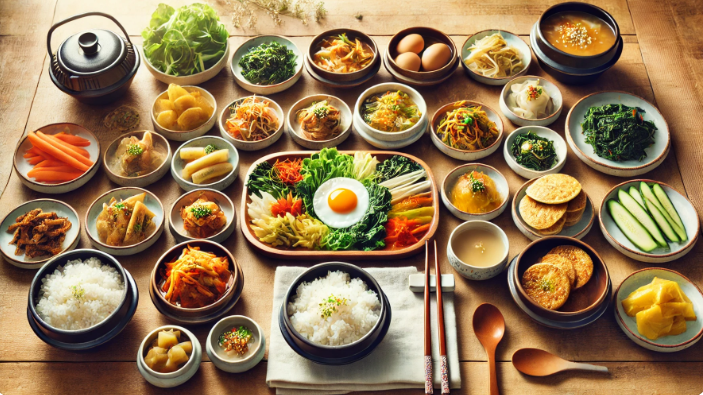
In Korean cuisine, banchan refers to a variety of small side dishes served alongside the main meal. Unlike appetizers or desserts in Western dining, or small supplementary dishes in Chinese or Japanese meals, banchan is not just an add-on but an integral part of the dining experience. These dishes are not consumed before or after the main meal; instead, they are eaten together with the main dish, creating a harmonious balance of flavors and textures.
A remarkable aspect of Korea’s banchan culture is its generosity. In most Korean restaurants, banchan is complimentary and unlimited, showcasing the cultural value placed on hospitality and communal sharing. This starkly contrasts with Western dining, where extra sides or small plates often come at an additional cost. Similarly, in Japan and China, while supplementary dishes exist, they are typically limited and not freely replenished.
Historically, Korea’s banchan culture has roots in its agrarian society, where meals centered around rice, fermented vegetables like kimchi, and preserved ingredients, ensuring variety and nutrition in times of scarcity. This tradition has evolved into today’s diverse array of side dishes, ranging from pickled vegetables to protein-rich items like steamed eggs or pan-fried fish.
Banchan is a reflection of Korea’s communal and sharing-oriented food culture. Its free and abundant nature often surprises foreigners, as it embodies a sense of welcome and generosity that is deeply embedded in Korean hospitality.
SALLY LEE
US ASIA JOURNAL



